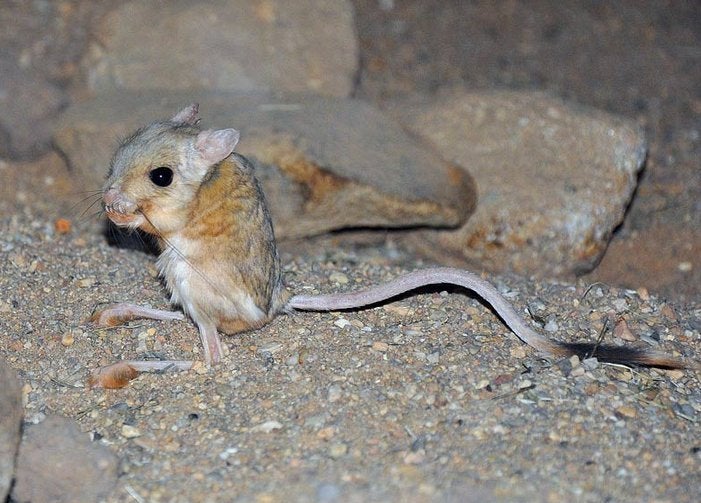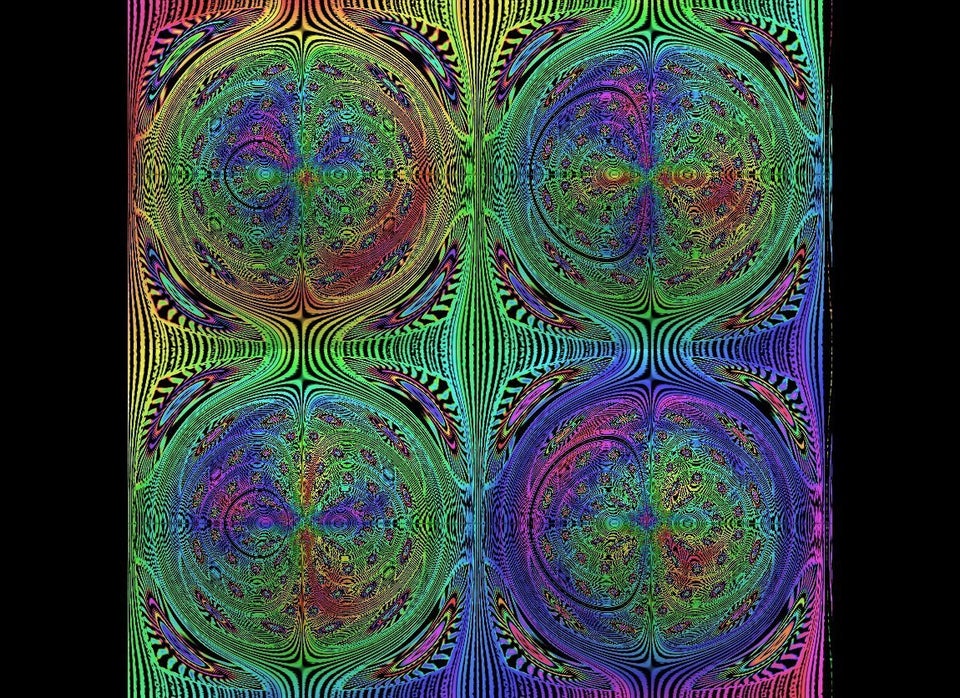
By Gretchen Vogel
The foot bones of the jerboa are hard to miss. Longer than the animal's arm, they help the bipedal desert rodent hop quickly away from predators. Now, they have also helped scientists better understand how bones grow to the right length. The finding helps explain some of the factors that affect the shape of skeletons, and they could eventually help to treat bone growth defects.
A growing bone lengthens when cells in its so-called growth plate, a region at the ends of growing bones, multiply and expand. The cells, called chondrocytes, form the cartilage that provides a scaffold for the mature calcified bone that later grows on top of them. Scientists knew that the size of the chondrocytes—not only their number—helped fix how much and how quickly a bone grows. But exactly what drives that cell size growth is a mystery.
To observe the changes that mouse chondrocytes undergo in the growth plate, developmental geneticist Kimberly Cooper and physicist Seungeun Oh of Harvard Medical School in Boston and their colleagues used diffraction phase microscopy, a technique that allowed them to quantify the size and density of living cells. In a paper published online today in Nature, they report that the cells in a growing mouse hind leg seem to go through three distinct phases. First, the cells roughly triple their volume while keeping their density relatively constant. In the second phase, cells swell dramatically, quadrupling their volume while their contents become much more dilute. In the third phase, the cells double their size again, but their density stays about the same.
When they compared fast- and slow-growing bones in the same animal, the researchers found that in slower-growing bones of the foreleg, cells went through phase one but stopped growing partway through phase two. Curious if they could observe similar patterns in a related species with a very different skeleton, the scientists studied the growth plates of the lesser Egyptian jerboa (Jaculus jaculus). They found that the chondrocytes in the tibia (a leg bone) grew in a similar pattern as in the mouse. But in the metatarsal—a bone in the foot—the difference was dramatic. Whereas mouse metatarsal chondrocytes grew only a small amount in phase three, the chondrocytes from jerboa feet kept growing dramatically during that last phase, ending up at almost 40 times their original volume. The jerboa metatarsal is, relative to the animals' size, about two-and-a-half times longer than the mouse bone.
Further studies showed that when the gene that codes for insulin-like growth factor 1 (a hormone known to influence growth and metabolism) is disabled specifically in mouse hind legs, chondrocyte growth stops after phase two. That result suggests, Cooper says, that the gene might play a key role in determining how long different bones grow—and might provide clues to drugs that could help treat bone growth defects.
"It's a very interesting new twist to a very old question" of how bones grow, says Cornelia Farnum, an anatomist and professor emeritus at Cornell University. Identifying the three phases of chondrocyte growth will make it easier for scientists to figure out exactly what drives the changes that happen during each phase, she says. That, in turn, could help explain how genetic changes have driven the different shapes that skeletons have evolved.
ScienceNOW, the daily online news service of the journal Science
